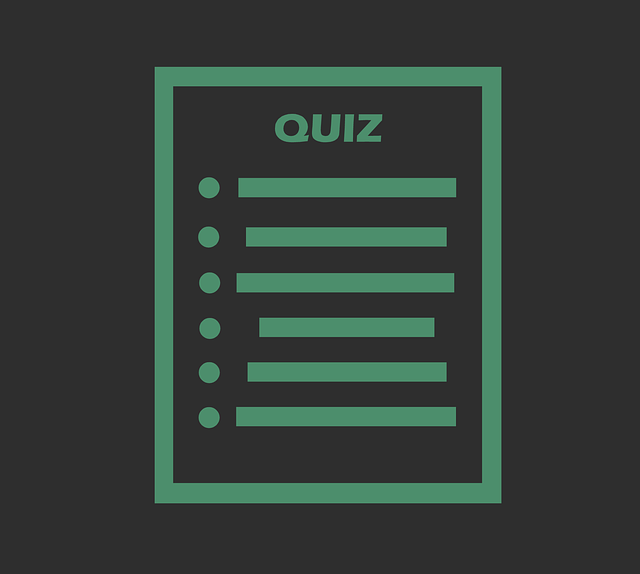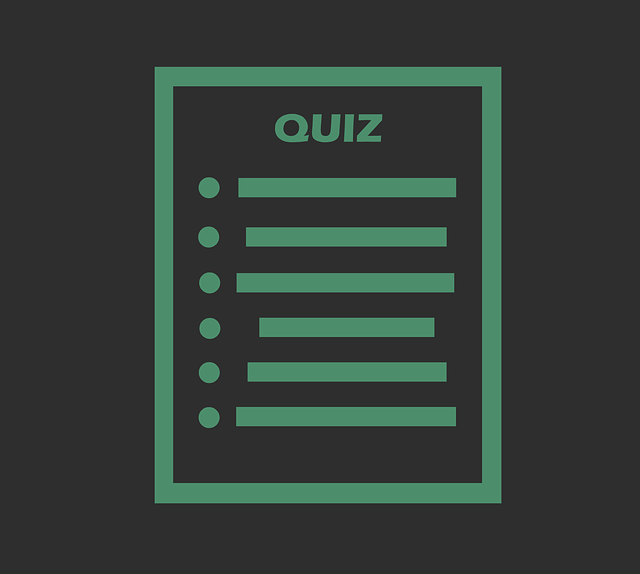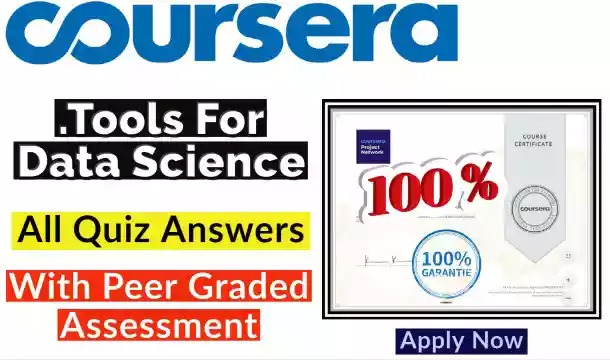In this blog you will find the correct answer of the Coursera quiz Effective Problem Solving and Decision Making Coursera Quiz mixsaver always try to bring the best blogs and best coupon codes
Module 1 Quiz
1.
Question 1
What is a decision?
1 point
- A choice that you make about something after thinking about it: the result of deciding
- The thought process of selecting a logical choice from the available options
- Making a choice without thinking about it
- The thought process of making a choice with little options
2.
Question 2
Which of the following is NOT one of the three key elements in the process?
1 point
- Know your purpose
- Understand your biases
- Consider different consequences
- Make a thoughtful choice from few available options
3.
Question 3
An example of a bad choice made by a hiring staff would be which of the following?
1 point
- The candidate has great teamwork
- The candidate has skills applicable to the job
- The candidate has a good sense of humor
- The candidate has a strong resume and work experience
4.
Question 4
If there is a problem with an unknown cause, what is the most appropriate problem-solving activity?
1 point
- Finding the cause
- Deciding on one best solution
- Generating ideas that could fix the problem
- Determining the priority order
5.
Question 5
If there is a problem with a jumbled list, what is the most appropriate problem-solving activity?
1 point
- Deciding on one best solution
- Determining the priority order
- Generating ideas that could fix the problem
- Deciding which solution has the highest probability of success
6.
Question 6
If there is a problem with a known or irrelevant cause, what is the most appropriate problem-solving activity?
1 point
- Deciding on one best solution
- Deciding which solution has the highest probability of success
- Determining the priority order
- Generating ideas that could fix the problem
7.
Question 7
Which of the following is NOT one of the four algorithmic methods?
1 point
- Root cause analysis
- Decision tree
- Precedence chart
- Group discussion
8.
Question 8
In creative problem solving, there is no “right” answer, but USEFUL answers.
1 point
- True
- False
9.
Question 9
For a decision tree, there are only two options and two outcomes.
1 point
- True
- False
Module 2 Quiz
1.
Question 1
What does a Pareto Chart show us?
1 point
Information in a descending hierarchical order
Issues that cause most of our problems
The most important things
All of the options are correct
2.
Question 2
Characteristics of a Pareto Chart include
1 point
Useful for problem solving
Data is put into different categories
Ordered, starting with most problematic
All of the options are correct
3.
Question 3
When determining the problem categories,
1 point
Tabulate the data
Do not plot the chart
Understand, but don’t act on the results
All of these options are correct
4.
Question 4
A Cause and Effect Diagram (CE Diagram) is also known as a
1 point
Fishbone Diagram
Ishikawa Diagram
Plato Diagram
Fishbone Diagram and Ishikawa Diagram
5.
Question 5
The common categories of the effect diagram include
1 point
People
Materials
Money
People and Materials
6.
Question 6
What is the purpose of a histogram?
1 point
To show us information as it actually exists
To allow us to make decisions based on evaluation of available information
To help us examine what is going on
All of the options are correct
7.
Question 7
The histogram shape that compares how you did based on how others performed is:
1 point
Typical bell curve
Skewed right
Skewed left
Central tendency
8.
Question 8
Which of the following is NOT a measure of central tendency?
1 point
Mean
Range
Median
Mode
9.
Question 9
A value of histograms is
1 point
Dispersion
Range
Size
Units
Module 3 Quiz
1.
Question 1
Under which circumstance should a “majority rules” style of decision making be used?
1 point
Under no circumstance because having group members unhappy with the result of the vote might derail the project in the long run.
When all group members trust that the voting process will lead to a correct decision.
Only if there is a group member who is an expert on the subject of the decision and who gains the trust of all the members.
When the group is large (i.e. has more than about 15 members), which ensures a balanced vote.
If the group reaches a consensus and can proceed to a vote by letting the majority “rule.”
2.
Question 2
Why might a group allow an expert to make a decision for them?
1 point
When the subject of the decision is highly specialized and the group members do not have sufficient knowledge to evaluate the pros and cons.
When an expert’s decision needs to be made quickly and is binding on all group members.
When some group members feel disenfranchised from the majority of the members, who favor a particular point of view.
When all group members are equally knowledgeable about the subject of the decision and need a tie-breaking vote.
3.
Question 3
A situation in which a group’s leader seeks advice from the other group members before making a final decision is an example of:
1 point
An “authority with input” style of decision making
“Consensus-based” decision making
“Expert-centered” decision making
Democratic, “majority-based” decision making
“Minority-based” decision making with universal buy-in
4.
Question 4
Achieving consensus is often the decision making style of choice because:
1 point
It ensures that everyone agrees with the decision in the end.
It can be done quickly while still gaining universal agreement from group members.
The process is usually clearly defined if the moderator is well-trained.
It fairly addresses everyone’s point of view by involving them in the discussion.
It is the most democratic of all the decision making styles.
5.
Question 5
People in a group sometimes disagree on certain issues because…
1 point
They have not taken the time to listen to or understand each other.
They have different values or beliefs.
The subject of the decision evokes emotional feelings that may cloud understanding.
Some members have past recollections of similar decisions and assume that the same outcomes will occur with the current decision.
All of these
None of these
Module 4 Quiz
1.
Question 1
What is a Run Chart?
1 point
A chart that shows how things operate over time in a group setting.
A quality control chart used in determining whether the long-run average of a process is changing.
A type of tool used to analyze data.
All of the above.
2.
Question 2
A Run Chart shows data in a static view.
1 point
True
False
3.
Question 3
The mean (average) of the data points is graphically part of a Run Chart.
1 point
True
False
4.
Question 4
What is a Control Chart?
1 point
The exact same thing as a Run Chart.
Basically, a Run Chart with additional things such as the mean (average), an upper control limit, and a lower control limit.
A quality control tool.
Both B and C.
5.
Question 5
The upper control limit and the lower control limit are calculated mathematically.
1 point
True
False
6.
Question 6
In a Control Chart, data points are expected to remain within the upper and lower control limit.
1 point
True
False
7.
Question 7
An “out of control” data point is normal and expected.
1 point
True
False
8.
Question 8
How many types of variation are there in a control chart?
1 point
2
3
4
None
9.
Question 9
Prepare for the change, manage the change, and reinforce the change are all steps in a certain type of change management process.
1 point
True
False
10.
Question 10
Which of the following describe a minor change?
1 point
Can be implemented as the result of a decision or a change order.
Any change that only affects a small part of what is planned or is being done.
All of the above.
None of the above.
Important Links:
- Advanced Algorithms and Complexity Coursera Week 1 Quiz
- Business Analytics for Decision Making Coursera Week 1 Quiz
- Epidemiology: Successful Career Development Coursera Week 1
- How Things Work: An Introduction to Physics week 1
- Introduction to Public Speaking Coursera week 1 Quiz





